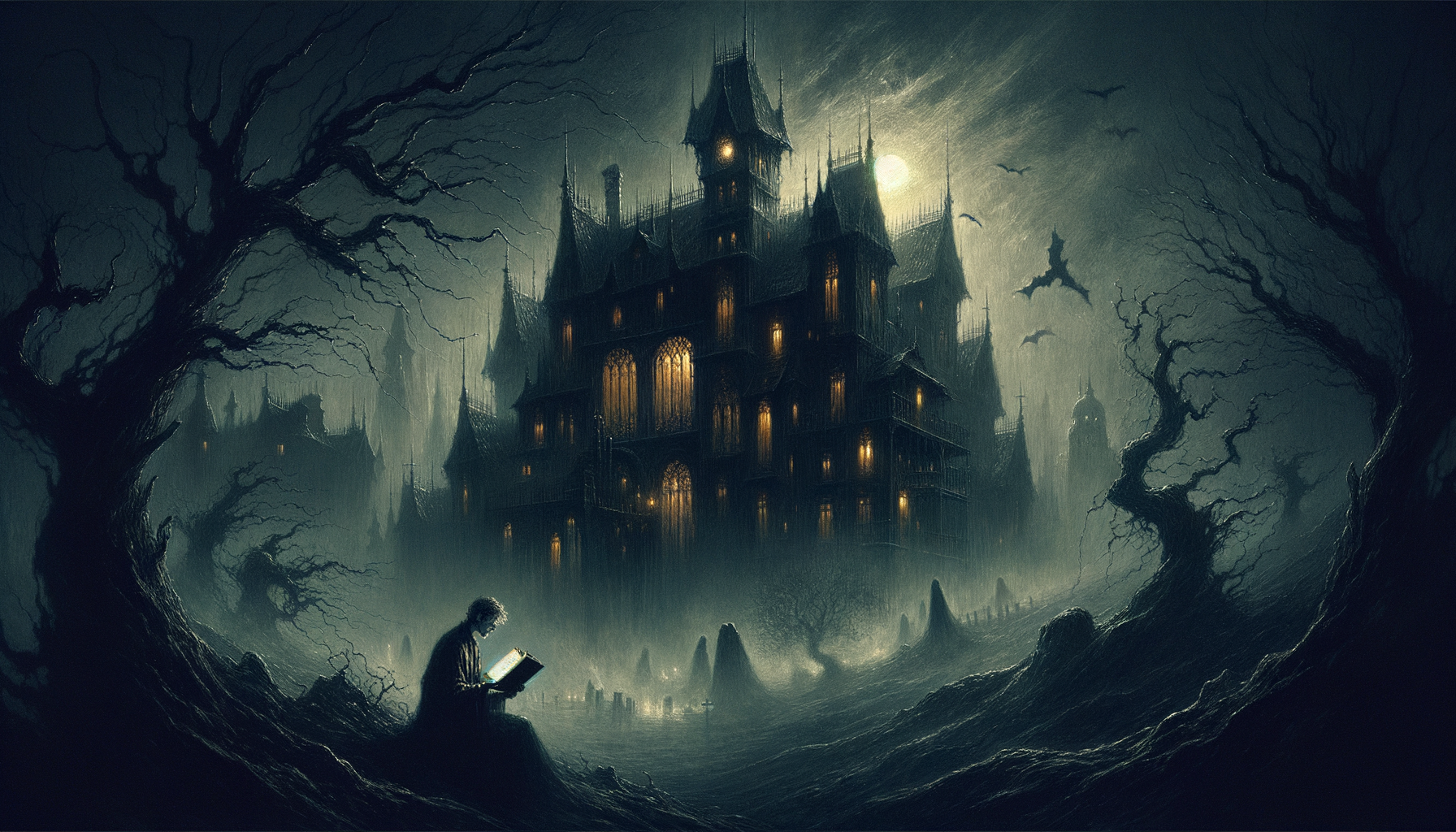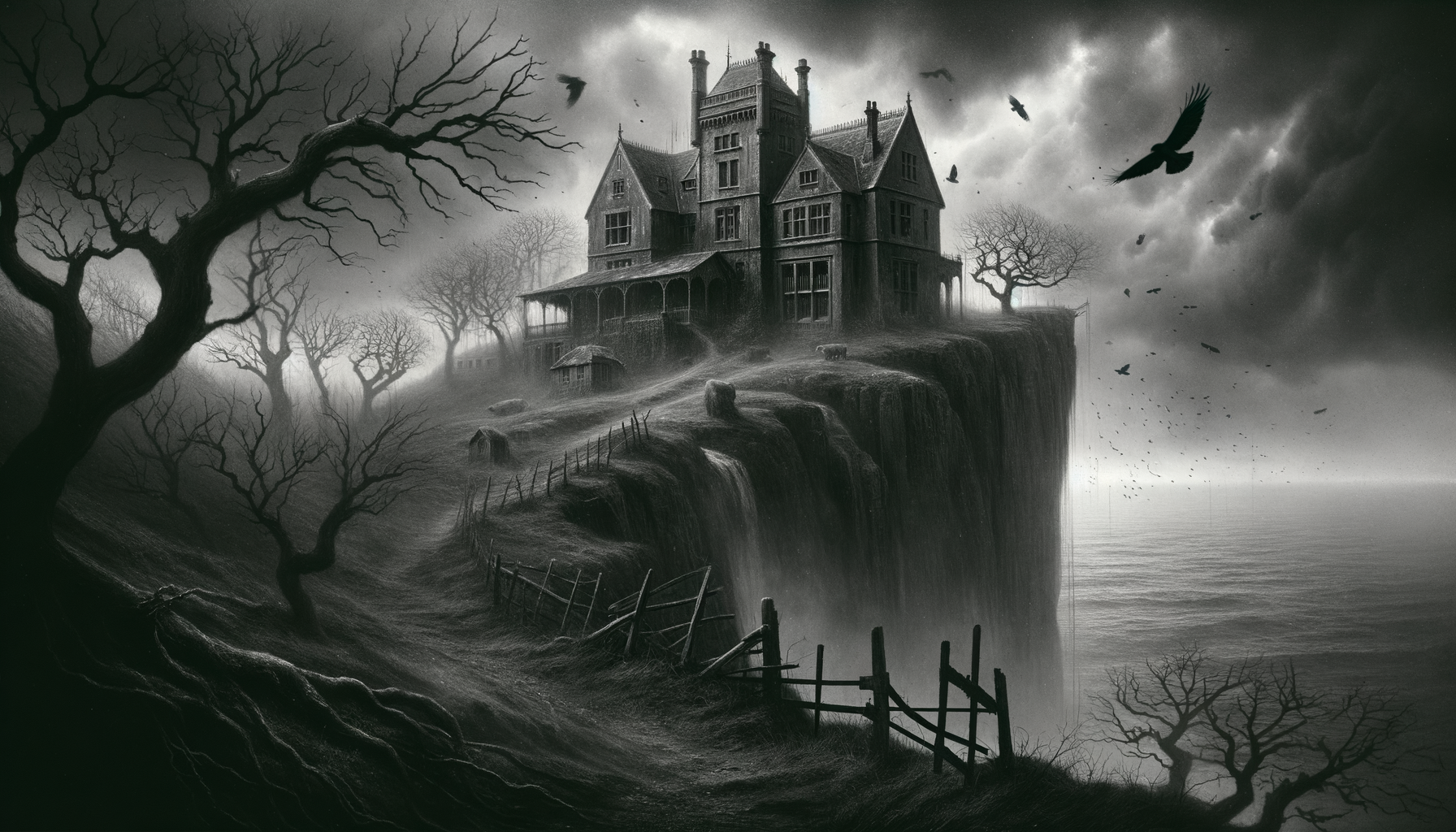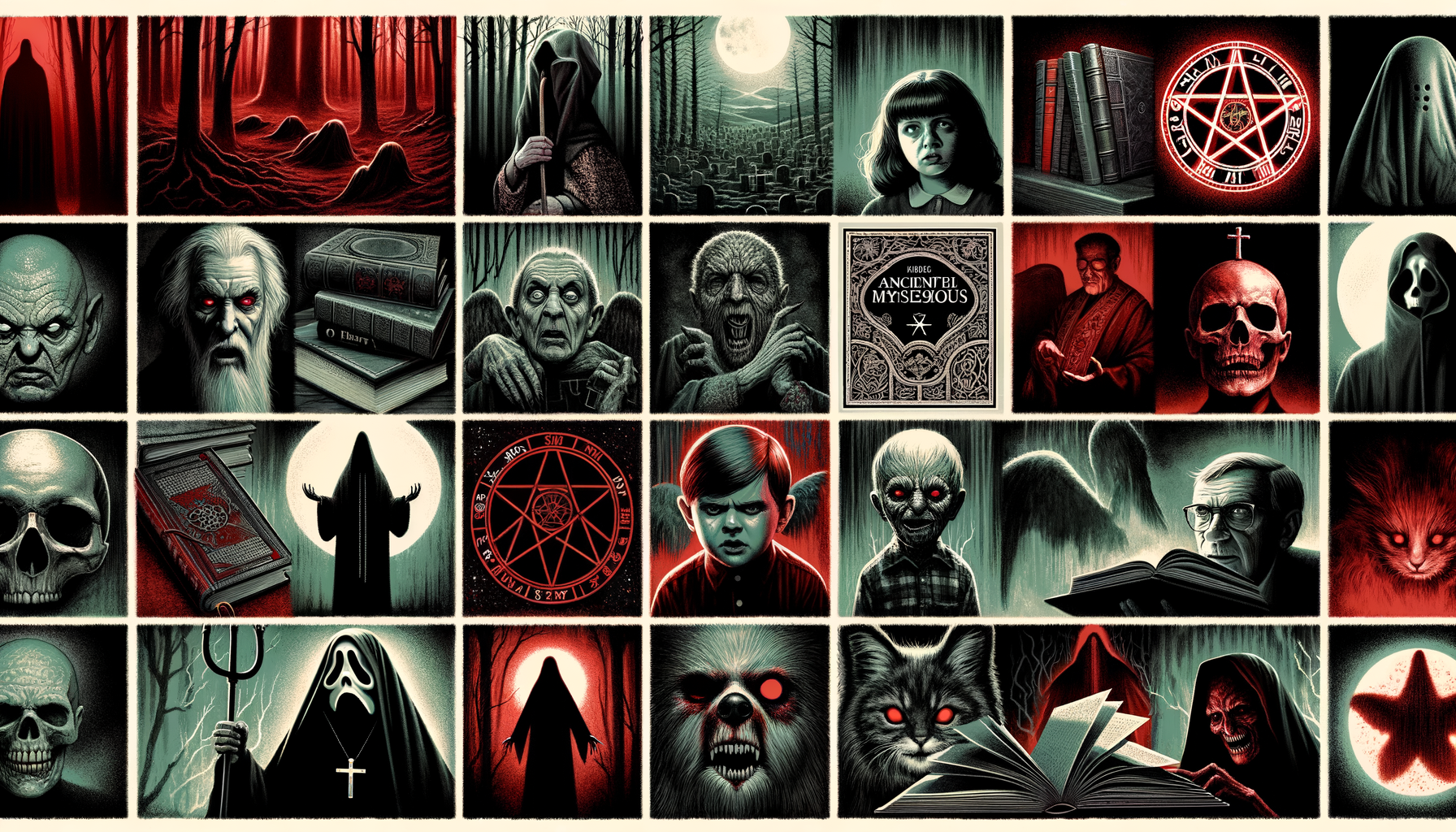Why do the characters in Daphne du Maurier’s Gothic horror novels linger in our minds long after the final page? Her characters are as complex as the eerie settings they inhabit, making her a master of psychological terror. Picture Maxim de Winter from “Rebecca” or Philip Ashley from “My Cousin Rachel”—both captivating and unsettling. These figures reflect societal anxieties and personal fears, giving us a deep look into the human psyche. Let’s unravel these multi-layered characters and understand what makes them so hauntingly memorable!
The Mysterious Protagonists
Maxim de Winter (“Rebecca”)
Maxim de Winter stands as a figure of complexity and enigma in “Rebecca.” His background and social standing place him among the elite, but these external trappings mask a deeply troubled psyche. Maxim embodies psychological complexity and moral ambiguity, leaving readers questioning his true nature. His relationship with the narrator shapes much of the narrative, casting a long shadow over her experiences and perceptions. The impact of this relationship is profound, influencing her growth and the unfolding of the story’s darker elements.
Philip Ashley (“My Cousin Rachel”)
Philip Ashley’s character in “My Cousin Rachel” presents an intriguing study in contrasts. Initially perceived as innocent, his journey is marked by growing suspicion. This transformation is fueled by jealousy and obsession, leading to a significant change in his demeanor and actions. Philip’s perspective is often unreliable, adding layers of uncertainty and tension to the narrative. His evolving viewpoint keeps readers guessing about the true nature of Rachel and the events surrounding her.
The Enigmatic Antagonists
Rebecca de Winter (“Rebecca”)
Though absent in life, Rebecca de Winter’s presence looms large in “Rebecca.” Her posthumous influence permeates the story, affecting every character and event. Rebecca’s character traits are revealed through the perspectives of others, painting a picture of a complex and manipulative individual. Her legacy carries significant thematic weight, exploring issues of memory, identity, and power.
Rachel (“My Cousin Rachel”)
Rachel’s character in “My Cousin Rachel” is shrouded in ambiguity. Her intentions and actions are never fully clear, leaving both characters and readers in a state of uncertainty. Rachel skillfully manipulates perceptions, creating a duality where she can be seen as both victim and villain. This duality adds depth to her character and raises questions about trust and truth.
Supporting Characters and Their Roles
The Narrator in “Rebecca”
The narrator of “Rebecca” is deliberately left without a clear identity, which serves a significant purpose in the story. Her lack of identity highlights her insecurities and the overshadowing presence of Rebecca. Throughout the narrative, she undergoes considerable growth and evolution, finding her voice and strength. Her interactions with other characters, particularly Maxim, drive much of this development, illustrating the dynamics of power and self-discovery.
Louise Kendall (“My Cousin Rachel”)
In “My Cousin Rachel,” Louise Kendall serves as a confidant and offers a different perspective on the unfolding events. Her role is crucial in providing balance and contrast to the main characters. Symbolically, she represents a voice of reason and an alternative viewpoint, highlighting the main characters’ flaws and obsessions.
Themes Reflected Through Characters
Power and Manipulation
Power dynamics and manipulation are central themes in both “Rebecca” and “My Cousin Rachel.” Characters frequently assert control over others, often through psychological games. The consequences of these manipulations are far-reaching, leading to mistrust, fear, and ultimately, tragedy.
Love and Obsession
In both stories, love often crosses into the territory of obsession. This obsessive love manifests in various ways, from Maxim’s brooding over Rebecca to Philip’s fixation on Rachel. These intense emotions often lead to the characters’ downfalls, illustrating the destructive potential of love when it becomes all-consuming.
Identity and Self-Perception
Struggles with identity are a recurrent theme, particularly for the protagonists. The characters grapple with their self-perception and the expectations imposed by society. These struggles are a driving force in their development and interactions, highlighting the influence of external pressures on personal identity.
Character Development and Gothic Elements
Evolution of Characters
The evolution of characters in both narratives is marked by key turning points. These moments of change are often influenced by the Gothic settings, which amplify the characters’ traits and emotions. The eerie and oppressive atmospheres serve to heighten the tension and underscore the characters’ transformations.
Use of Gothic Tropes
Gothic tropes play a significant role in shaping the narratives. Themes of confinement and isolation are prevalent, creating a sense of claustrophobia and entrapment. Supernatural undertones, whether real or imagined, further impact the characters, adding layers of fear and uncertainty. Decay and death are ever-present, serving as reminders of mortality and the darker aspects of human nature. These elements combine to create rich, atmospheric stories that explore the depths of the human psyche.
Conclusion
Daphne du Maurier’s characters are not just pieces of her stories—they are forces driving the narrative forward, mirroring our deepest fears and desires. Analyzing these figures reveals the intricate web of themes and emotions she masterfully wove. So, the next time you immerse yourself in du Maurier’s world, remember that each character offers a gateway into the labyrinth of human nature. Ready to explore these chilling realms further? Dive into her works and experience the genius of du Maurier’s Gothic artistry!




